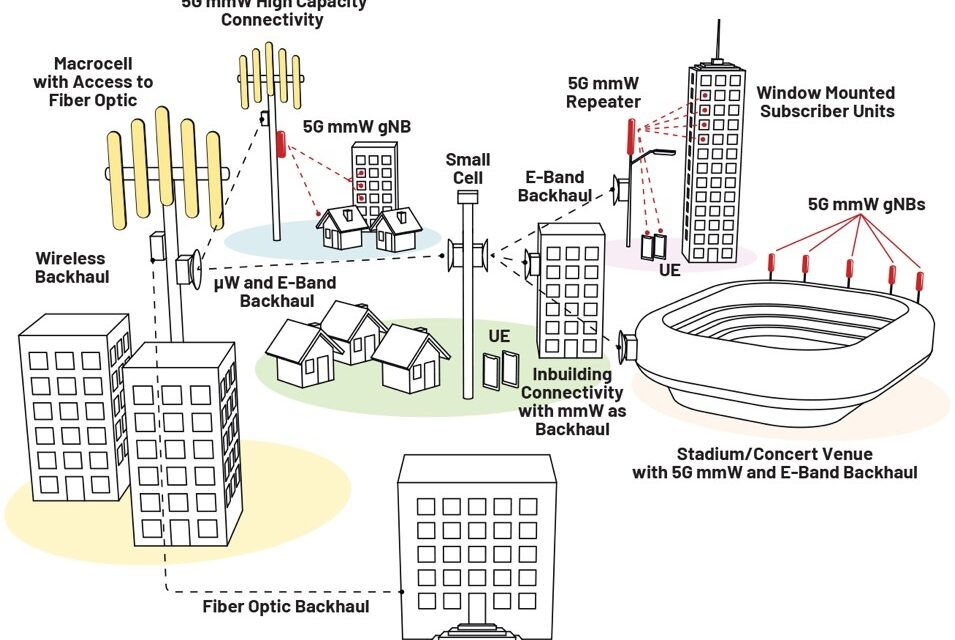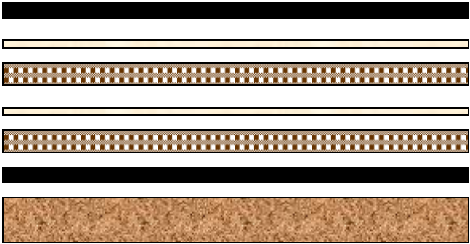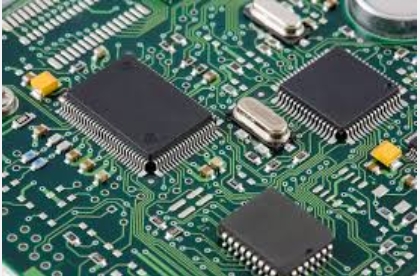Introduction This article introduces the various backhaul technologies available for 5G networks, focusing on E-band wireless RF links and how they support the continued deployment of 5G networks around the world. We will perform a technical analysis of the system requirements necessary for E-band technology. We will then map the results to the physical radio...
Blog
Explore the KKPCB Blog for the latest PCB manufacturing and assembly news, industry insights, expert tips, and technology trends, helping you stay informed and optimize your electronics projects.
Electrical performance consistency is critical for producing high-volume printed circuit boards (PCBs). As PCB applications move to higher frequencies, such as fifth-generation (5G) cellular wireless networks at millimeter-wave frequencies and 77 GHz automotive radar, any inconsistencies on the PCB become very noticeable, especially when the circuits operate at shorter wavelengths of millimeter-wave frequencies. There will always be...
1. Definition of PCB high frequency board High-frequency boards refer to special circuit boards with higher electromagnetic frequencies. They are used in high-frequency (frequency greater than 300MHz or wavelength less than 1 meter) and microwave (frequency greater than 3GHZ or wavelength less than 0.1 meter) PCBs. They are produced on microwave-based copper-clad boards using some of the...
The electronics industry has undergone many changes over the past few years. Nowadays, millimeter wave radar and millimeter wave communication frequently appear in our sight. In particular, Huawei has made remarkable achievements in 5G, and millimeter wave technology has been put on the table. Why does millimeter wave technology play such a key role in 5G and smart cars?...
5G communication has the technical characteristics of high frequency, broadband, and high power density, and its demand for RF front-end devices has also increased significantly. At the same time, in order to control the volume of the assembled device, the modularization of the RF front-end is inevitable. The RF front-end module integrates the power amplifier...
Miniaturization of electronic designs is a driving force behind the widespread use of multilayer printed circuit boards. Multilayer circuits occupy more vertical space than horizontal space, allowing designs to be stacked in a compact space. The number of layers in a circuit refers to the number of conductor layers in the circuit, usually separated by dielectric layers....
High-frequency boards are the basis for the realization of microstrip circuit engineering. In the process of microstrip circuit design, sometimes the original design boards are out of stock, or it is necessary to use more reliable high-frequency boards for circuit design. So how to solve the above problems simply, quickly and accurately based on the original...
Circuit materials rely on high-quality conductors and dielectric materials to connect modern complex components to each other for optimal performance. However, these PCB copper conductors, whether DC or millimeter wave (mmWave) PCB boards, need protection against aging and oxidation. This protection can be achieved in the form of electrolytic and immersion coatings. They usually provide different degrees of...
Millimeter wave (mmWave) applications have grown steadily over the past few years . This growth has also come from the semiconductor industry, which has been able to mass-produce chips with good mmWave performance. As mmWave applications increase, many aspects of the electronics industry, including the PCB industry, have had to enter a rapid learning process. In general, the...
Temperature characterization parameters of PCB circuit materials can provide insight into how temperature variations in the operating environment affect mmWave and high-speed digital (HSD) circuit performance. Material operating temperature is an often overlooked circuit material parameter. However, elevated operating temperatures caused by heat sources inside or outside the board can cause changes in circuit performance, especially at...










